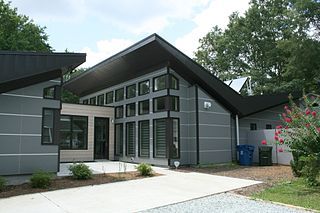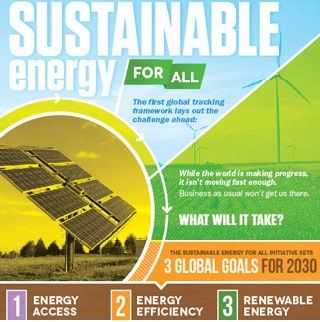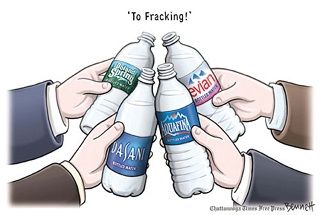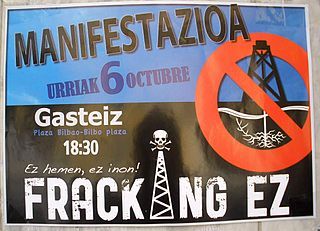From Guest Blogger Jay York: Go Green – Energy Efficiency Where You'd Least Expect It

Unplug Unused Items
Unplugging what you aren’t actively using can save you a bundle. Many people keep stereo equipment, computers and other items plugged in even when they aren’t being used. This causes what is called passive power draw, and it can be up to 20% of what the device uses when it’s actually on. Unplug these things and turn off appliances like your stove and clothes dryer at the breakers, and you can save a lot on your monthly energy bills. (more…)

 As the green lifestyle becomes more popular, it should come as no surprise that more programs and incentives are being offered to help people convert. An Energy Efficient Mortgage (EEM) is a lesser known service that can be a real help to homeowners looking to refinance or those buying a new home. It allows them to finance energy saving upgrades right into your mortgage. This is perfect for people who are interested in adding solar panels to their home, upgrading old windows and insulation, and exploring alternative heating solutions. If it will save you energy, it can most likely finance it through an EEM.
As the green lifestyle becomes more popular, it should come as no surprise that more programs and incentives are being offered to help people convert. An Energy Efficient Mortgage (EEM) is a lesser known service that can be a real help to homeowners looking to refinance or those buying a new home. It allows them to finance energy saving upgrades right into your mortgage. This is perfect for people who are interested in adding solar panels to their home, upgrading old windows and insulation, and exploring alternative heating solutions. If it will save you energy, it can most likely finance it through an EEM. 
 Here’s a
Here’s a  I’m doing a radio talk show in a few minutes, on which I’ll be discussing
I’m doing a radio talk show in a few minutes, on which I’ll be discussing  Chairman and former CEO of the Nestlé Group, Peter Brabeck-Letmathe, described “declaring water a public right” as an “opinion” and “an extreme solution” that “NGO’s” fostered. He stated that he believes the “better” “opinion” is that “water is a foodstuff like any other” and “should have a market value.” Peter Brabeck-Letmathe is also on the board of ExxonMobil.
Chairman and former CEO of the Nestlé Group, Peter Brabeck-Letmathe, described “declaring water a public right” as an “opinion” and “an extreme solution” that “NGO’s” fostered. He stated that he believes the “better” “opinion” is that “water is a foodstuff like any other” and “should have a market value.” Peter Brabeck-Letmathe is also on the board of ExxonMobil. If I’m guilty of under-representing any of the big ideas in energy, it’s probably my failure to make my position clear on fracking that has been my greatest journalistic sin of late. Here at 2GreenEnergy.com we’re gaining on 3000 blog posts, most of them mine, and I don’t think I have more than half a dozen articles on the subject.
If I’m guilty of under-representing any of the big ideas in energy, it’s probably my failure to make my position clear on fracking that has been my greatest journalistic sin of late. Here at 2GreenEnergy.com we’re gaining on 3000 blog posts, most of them mine, and I don’t think I have more than half a dozen articles on the subject.  I took a nice jog on the beach this morning, and, to my delight, ran past a whole bus-load of school kids studying the critters that live in the tide pools. I’m reminded of something
I took a nice jog on the beach this morning, and, to my delight, ran past a whole bus-load of school kids studying the critters that live in the tide pools. I’m reminded of something  I promised the people of GE Power & Water that I’d let you know about a live webcast taking place tomorrow June 6th from 11-12:15 pm ET around big data as an opportunity and ensuring operations are running efficiently and that sustainability is top of mind.
I promised the people of GE Power & Water that I’d let you know about a live webcast taking place tomorrow June 6th from 11-12:15 pm ET around big data as an opportunity and ensuring operations are running efficiently and that sustainability is top of mind. In the fight against environmental pollution, one lawn can make a difference. Any effort you make to plan, cultivate and grow an eco-friendly lawn reduces environmental pollution. Here are four tips to help you maintain a lush lawn that’s also environmentally friendly.
In the fight against environmental pollution, one lawn can make a difference. Any effort you make to plan, cultivate and grow an eco-friendly lawn reduces environmental pollution. Here are four tips to help you maintain a lush lawn that’s also environmentally friendly.